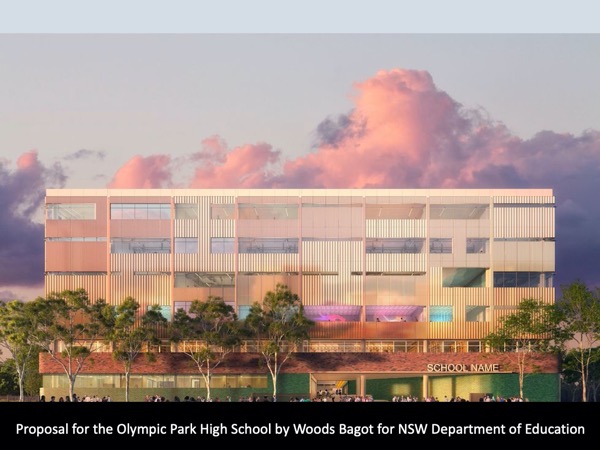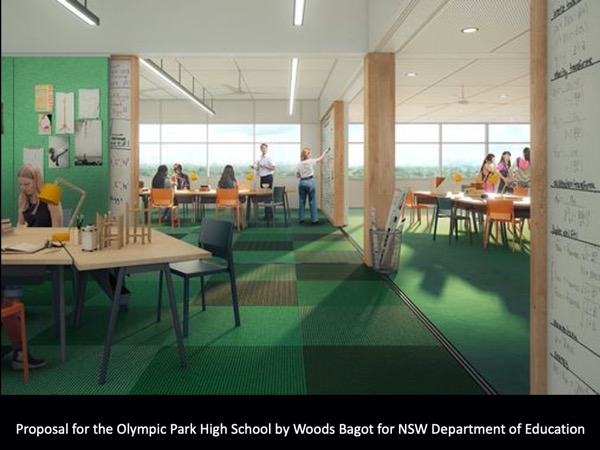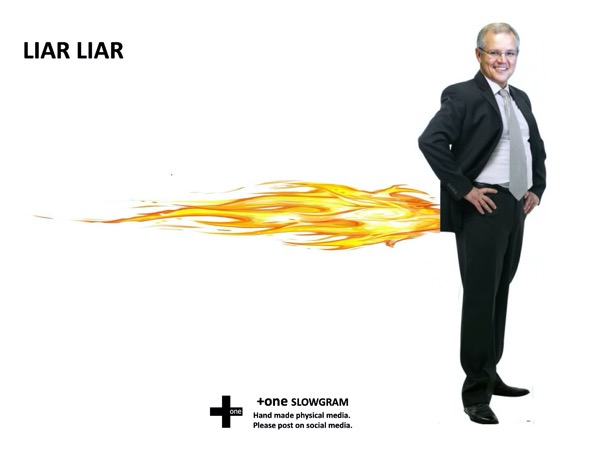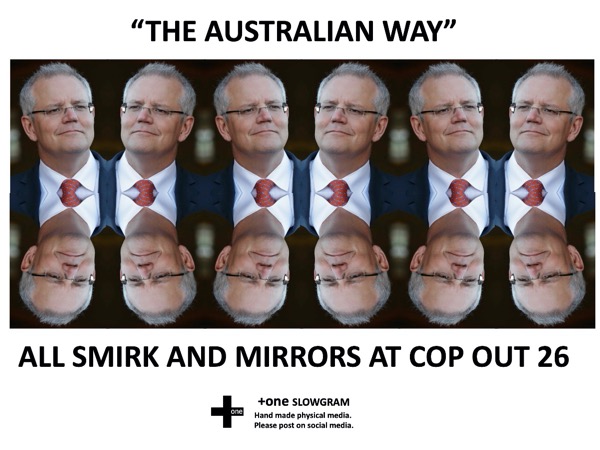I see the school and the houses where the kids are.
Places to park by the fac'tries and buildings.
Restaurants and bar for later in the evening.
Then we come to the farmlands, and the undeveloped areas.
And I have learned how these things work together.
I see the parkway that passes through them all.
And I have learned how to look at these things and I say,
I wouldn't live there if you paid me / I couldn't live like that, no siree!
I couldn't do the things the way those people do / I couldn't live there if you paid me to.
“Big Country”, Talking Heads, 1978
For the last column for the year, I want to highlight three trends in architecture, and its relationship to politics, that have become more prominent in 2021. And they are all linked through sustainability.
Big rewards
You will have gathered that I’m not a big fan of the AIA awards, now 40 years old. I have been particularly vexed by their ‘sustainability awards’, which were treated for many years as second-rate or as a form of stand-alone compensation.
When chairman of the AIA National Sustainability Committee, I moved to change the criteria in two steps: only award it to buildings which achieved architectural excellence; and once that was in place the sustainability award could be removed altogether: every building had to be sustainable to win any award.

We achieved the first objective, but not the second. Until this year showed it is possible: the winner of Sir Zelman Cowen Award for Public Architecture also won the David Oppenheim Award for Sustainable Architecture.

The Monash Woodside Building for Technology and Design by Grimshaw ticks all the boxes, a clever interior that places huge emphasis on the wellbeing and comfort of the occupants using Passivhaus principles, with a well-mannered entirely functionally oriented exterior.
This award gives hope for a future where great architecture and great sustainability are synonymous. This is a breakthrough building in how we will view architecture for the next 10 years.
Fab Pre Fab
The NSW Department of Education has been working up guidelines for DfMA (Design for Manufacture and Assembly) for all their new schools. This is the premium approach to prefab. But more than that, the guidelines have a comprehensive approach to designing schools, starting with pedagogy, through teaching methods to the kind of spaces that are required. See the website here.

Refreshingly the word ventilation appears dozens of times within the document. We now know that the best approach to airborne COVID is lots of natural ventilation in buildings, exemplified by narrow plans, such as at Jordan's Springs Primary School, with a delightfully angled and patterned exterior as a joyous school for younger children.

DfMA has also been applied to large school for 1500 students in Sydney’s Olympic Park, designed by Woods Bagot. The exterior bears a remarkable similarity to the Monash award-winning building, but my concern is with the interiors: it appears to be a deep plan building with limited cross ventilation without engendering acoustic issues.

The guidelines for manufacture will ensure high quality of making; we are yet to see how that will affect the quality of designing.
Cop-Out 26
The world is going all electric, generated by sustainable sources. At the same time the users of that electricity are becoming more efficient: vehicles private and public, buildings, manufacturing. But nowhere near fast enough. That was the take-away from the Conference of Parties #26 in Copenhagen.
Except the Australian Government who treated it as Cop-Out 26.
Almost 70% of Australians find the national government behind the times. For architects it is doubly damning: there in no incentive to make buildings efficient, and even if you do the government wants it fed by fossil fools.
There are four roughly equal end uses for energy in our cities: buildings, transport, manufacturing, and food. The brown dogma of the politicians is being run over by green karma: electric vehicles, mass transport and green manufacture (concrete, steel, aluminium) are now at least being discussed. But what we need are ‘more songs about buildings and food’ (Talking Heads, boom tish).
Ironically these are the two areas that sparked the environmental revolution: removing pesticides from mass farming and increasing energy efficiency in buildings. The Nationals are so antediluvian about modern farming we will make little progress on rural emissions, and we have few political supporters for better cities (save Rob Stokes and Matt Kean in the NSW LNP).

The future looks bleak, so I am exorcising my frustrations with what I call ‘Slowgram’. In my studio I have two ground floor windows that face a main street: I make old-fashioned weekly posters, usually highly critical of our government. Here’s two from the time of COP 26.

An alternative approach was taken by Caroline Pidcock; at late notice she attended COP 26 and you can read her reports here and there. Caroline's message is to aim much higher in our buildings; move past net zero to regenerative buildings; to ensure that buildings of the future don't just do ‘less worse’ or just better, they need to be wholly productive in making more than they consume.
2022
Picking a trend for 2022 I will suggest we will look for possibilities in remaking our existing urban fabric. We will start to stop pushing our cities at the boundaries with energy consuming houses and refocus into the existing urban fabric. We are almost over our obsession with the new, perhaps we could have an obsession with the old.
Tone Wheeler is principal architect at Environa Studio, Adjunct Professor at UNSW and is President of the Australian Architecture Association. The views expressed here are solely those of the author and are not held or endorsed by A+D, the AAA or UNSW. Tone does not read Instagram, Facebook, Twitter or Linked In. Sanity is preserved by reading and replying only to comments addressed to toneontuesday@gmail.com.

